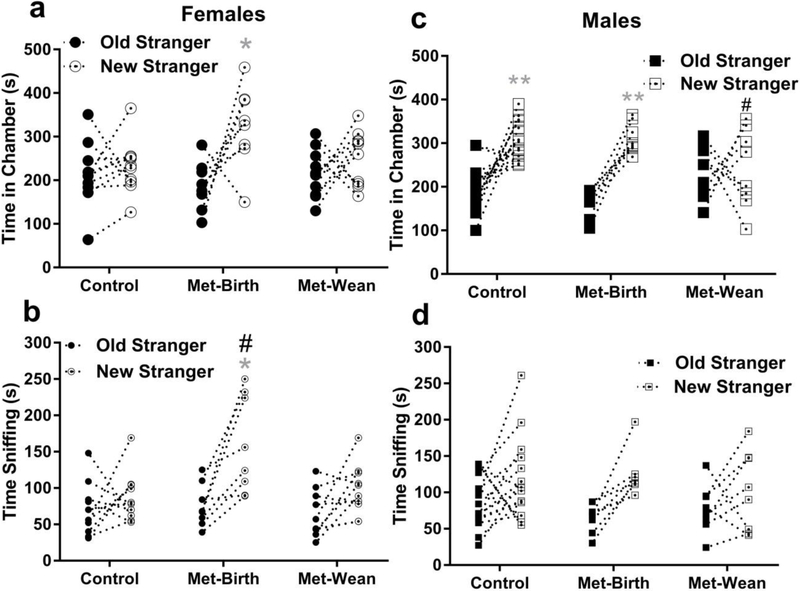Fig. 4. Gestational metformin exposures had mixed effects on social novelty preference.
Considering all offspring, metformin exposure through birth enhanced or maintained within group social novelty preference, whereas exposure to metformin until wean impaired it. a) No within-group preference for new (dot in center circle) vs. old (filled circle) stranger chambers was evident in female offspring from control dams (mean ± sem = 230 ± 19 vs. 214 ± 24 sec, N = 10) or metformin stop at wean (Met-wean 252 ± 19 vs. 215 ± 18 sec, N = 10), whereas the metformin stopped at birth (Met-birth) group (325 ± 33 vs. 187 ± 20 sec, *p < 0.05, N = 8) preferred new strangers. b) Female offspring from Met-birth dams exhibited a significant preference for new strangers in sniffing time (159 ± 24 vs. 75 ± 10 sec, #(between) and *(within groups) p <0.05), whereas control (88 ± 11 vs. 70 ± 12 sec) or Met-wean female offspring (98 ± 11 vs. 64 ±10 sec) did not. c) Control and Met-birth male offspring spent more time in chambers with new (dot in center squares) vs. old (filled squares) strangers (control 303 ± 11 vs. 199 ± 13; N= 16, Met-birth 312 ± 12 vs. 162 ± 11 N = 8; *p < 0.05), but Met-wean male offspring (242 ± 32 vs. 234 ± 23, N = 8) did not. d). However based on sniffing, there was no preference for novelty exhibited by male offspring from control (115 ± 14 vs. 87 ± 9), met-birth (122 ± 11 vs. 65 ± 7) or met-wean (101 ± 19 vs. 77 ± 12) dams. Data are presented as symbols showing individual values with a connecting line between new and old stranger times for each individual mouse.

